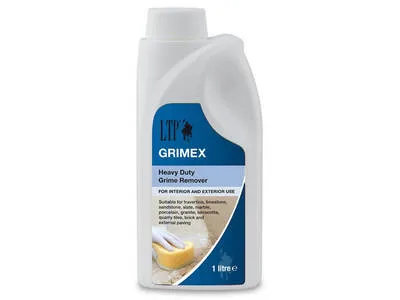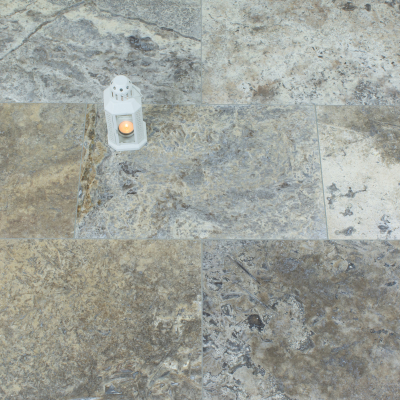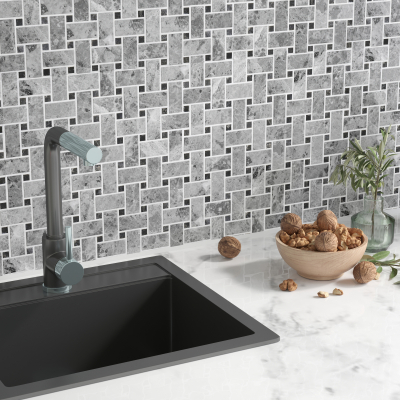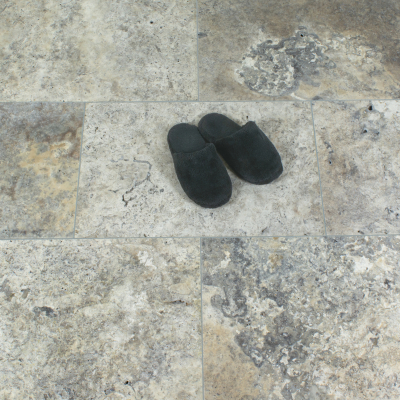How should your paving tiles be maintained?
Paving tiles are crucial if you want to use your outdoor space more productively as an additional living space. Patios offer a fantastic outdoor hard surface living area for furniture like patio sets, which expands your home's living area both practically and visually. However, there are a number of aspects that need to be taken into account when it comes to paving tile care. If properly cared for, your paving tiles' lifespan and aesthetic appeal will be prolonged for decades because of their inherent resistance to high temperatures, high humidity, and other environmental conditions.
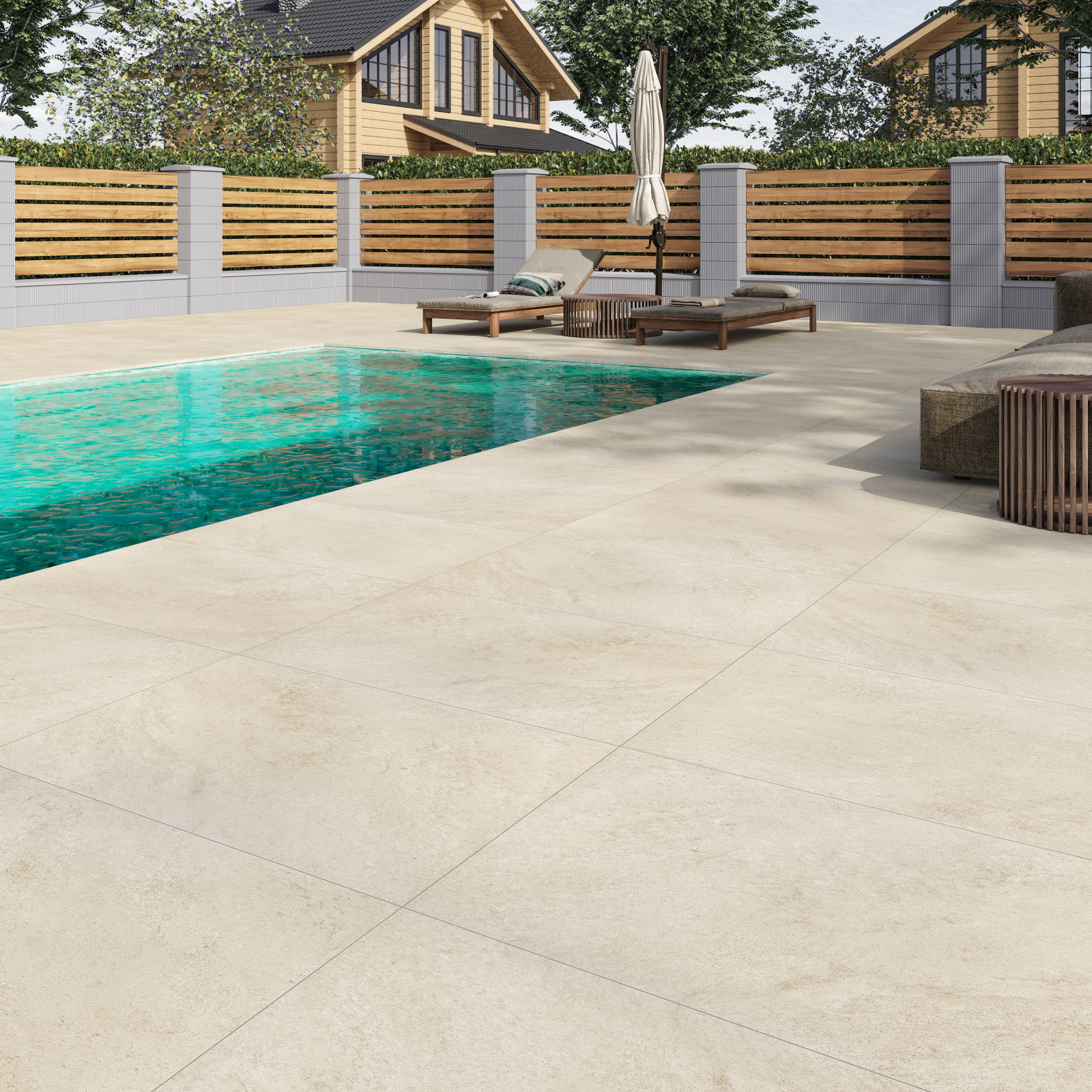
"So, how can we maintain the best possible condition for our patio, alleyway and garden paving tiles?"
We will provide you with some extremely easy tips on how to keep your paving tiles looking their best for as long as possible.
The four primary categories of paving maintenance techniques are as follows:
Sealing your pavers:
Preventing an issue from occurring in the first place is the best way to take care of any natural stones. The majority of stains on your pavement tiles are avoidable. When laying natural stones, we usually advise sealing them with an appropriate sealer at least twice. Throughout their life, they should then be periodically sealed, the intervals vary depending on how often they are cleaned, but typically pavers should be sealed with intervals no more than every eight to twelve months. Re-sealing and cleaning your paving tiles will help keep them stain free and will help you avoid having to work hard to remove any stains that could have been prevented in the first place.
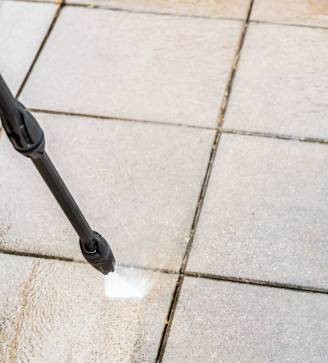
Using tools for cleaning and maintenance:
This technique, which is typically employed in the winter, involves using shovels, scrapers, and other instruments to remove snow or ice from the pavement tiles' surface. To remove any weed growth from in between your pavers, you can also use little scrapers.
Cleaning your tiles' surface, either wet or dry:
This technique, which uses a plastic brush or a pressurised jet wash, is more effective at cleaning the surface of dust, filth, and debris. For routine care, this is the primary approach. However, because high-pressure water sprayed from close range can harm your priceless paving tiles, we only advise using low-pressure techniques, from a slight distance to clean your tiles.
Chemical cleaning:
Since all chemicals are applied as a wet layer, which typically means actual penetration into your paving tiles, make sure you pick the right product fro your stone range. For instance, concentrated chlorine can harm your paving tiles and change their colour irrevocably. Before applying any chemical to bigger, more apparent areas, it is always advised to test it on a smaller, less noticeable area and assess the outcomes before using it on a larger area. If your paving tiles have not received the care they needed in a while, this procedure is typically used for more extensive cleaning.
What you would require for maintenance throughout the year?
Protective gloves and goggles (especially if you are using formulated chemicals)
A sweeping broom with hard bristles (the larger the better)
Small brush with hard bristles
Bucket
Jet Wash (optional)
An appropriate natural stone cleanser
An appropriate algae remover
Having access to hot water
Towel for drying (optional)
An appropriate tile sealer
How should we care for paving tiles to extend their lifespan and maintain its wonderful appearance and attributes?
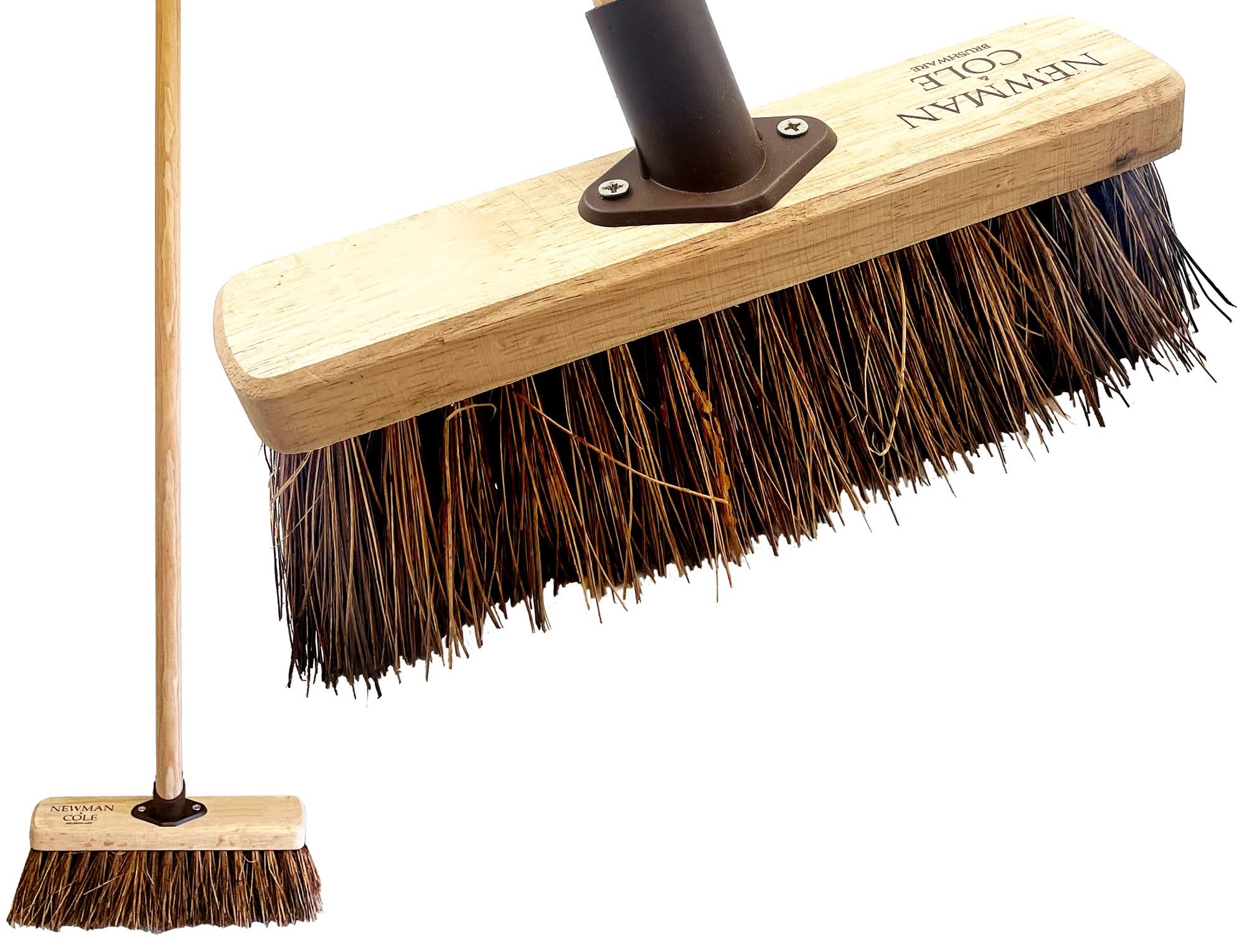
Regular dirt:
You do not need specialised cleaning solutions to get rid of regular dirt like dust, dirt deposits, bird droppings, etc. a sweeping brush and some warm water will typically be enough to remove them with a little effort. However, we advise you to clean up any bird droppings as soon as possible, this is because the acid in them will erode your tiles and do permanent damage if you do not remove them as soon as you notice them.
After applying some warm water, use your brush to agitate effected the area then rinse.
Rinse and dry:
Stains from spilt juice, wine, or persistent dirt that may have built up over time:
No matter how well we maintain our paving tiles, we will occasionally have to deal with dirt or stains that are more difficult to get rid of. This type of dirt typically accumulates on little portions of paving tiles that are overlooked by routine cleaning. For stubborn stains, we suggest using a natural tile solution that has been particularly prepared.
utilising our cleaning solution, LTP Grimex.
Just apply a small amount to the effected area in a circular motion with a hard-bristled brush; leaving it for a few minutes might help better removal.
Rinse with warm, fresh water, then dry.
Algae and dark patches:
Usually, prevention comes first in this area. To prevent such problems, we advise using our LTP sealer for impregnating your paving tiles every 8 to 12 months with an appropriate tile sealant. There are various methods some customers tend to rely on if algae or dark patches do occur, such as mixing bleach and water (which is never advised for natural stone). A pressure washer (which can remove grout and damage your stone) or a mixture of white vinegar and water (which can harm your plants and stones) . Although there is a chance these methods can harm your natural pavers, they may sometimes be the only way to remove the unwanted off your stones.
The LTP Black Spot & Algae remover is the greatest option we can suggest because it is specifically made to avoid damaging your paving tiles while it is doing its job and poses no other significant dangers.
- Apply a small amount of your solution to the afflicted area.
- Use your brush to agitate, then soak for the suggested amount of time.
- Use warm water to rinse, then dry.
- Following this procedure, it is advised that you reseal your tiles.
When applying specific solutions, do not forget to wear protective gloves and eye protection.
Removal of rust:
We are all aware that leaving metal objects like toys, furniture, flower pots, or tools outside on your patio tiles for long periods of time may eventually cause your tiles to be exposed to rust. Naturally, it is never a good thing, but there is a way to fix it. If you want to achieve the greatest results, products like LTP Rust Stain Remover are ideal.
Clean the effected area first.
Next, apply a small amount of your rust remover and use your hard-bristled brush to rub the area.
After waiting the required amount of time, rinse the area with clean water.
Following this procedure, it is advised that you reseal your tiles.
For deeper, more persistent rust stains, the procedure might need to be repeated.
When applying specific solutions, do not forget to wear protective gloves and eye protection.
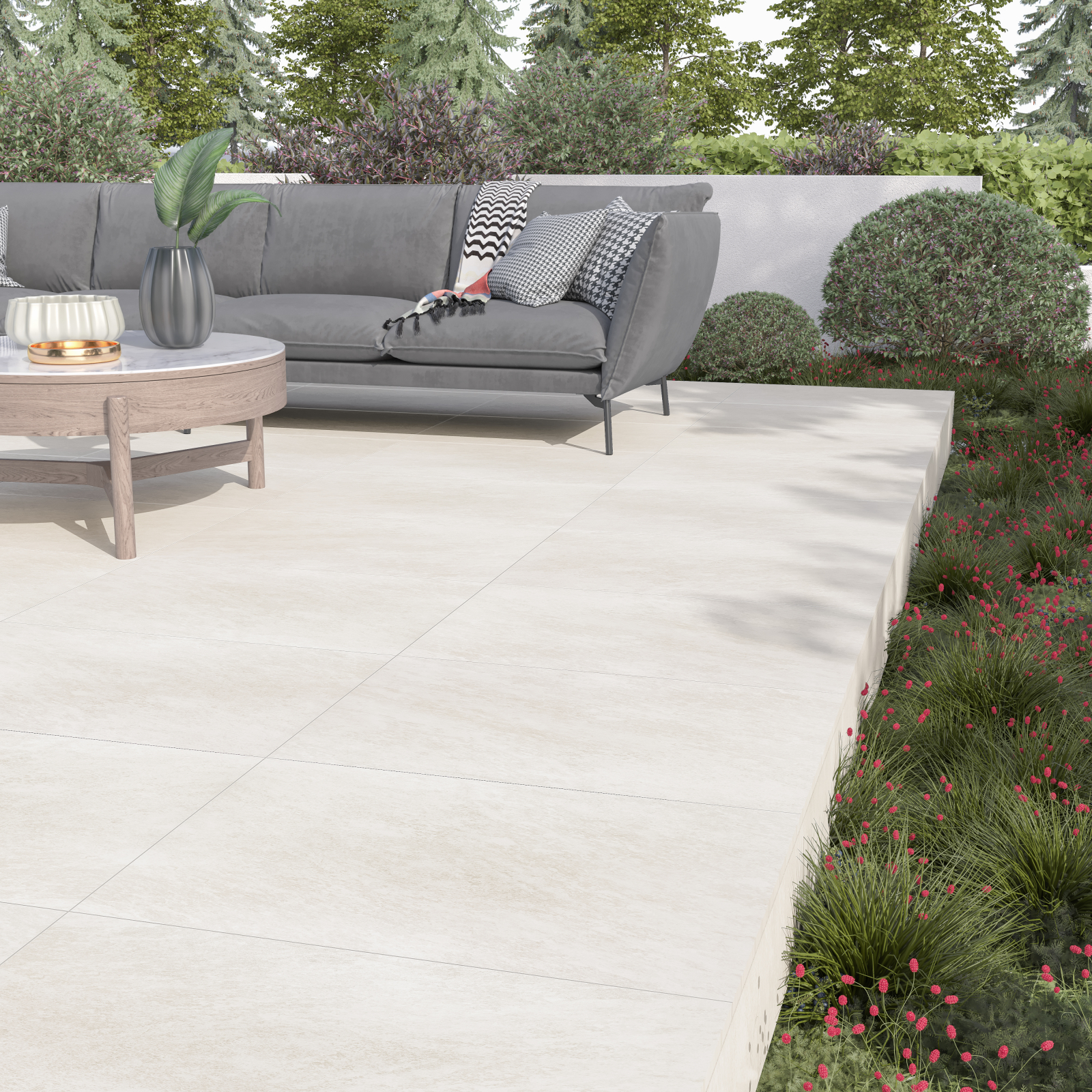
Our suggestions for keeping your pavement tiles in good condition and safe during the winter is cleaning your paving tiles as soon as possible after a significant snowfall, this is essential to preventing the coating of ice. Metal-tipped scrapers and similar tools will most likely cause damage and scratches to your paving tiles. Using plastic and wooden shovels for snow removal is advised.
Additionally, you should remove any leaves from your paving tiles as soon as possible because they might create stains if they are allowed to decompose over time.
If feasible, wash your tiles once a week with warm water, and remember to reseal them at the suggested intervals.
Hopefully this blog helped understand the importance of cleaning and maintaining outdoor paving tiles and how you can prevent or remove stains and dirt to preserve their fantastic look for a long time.
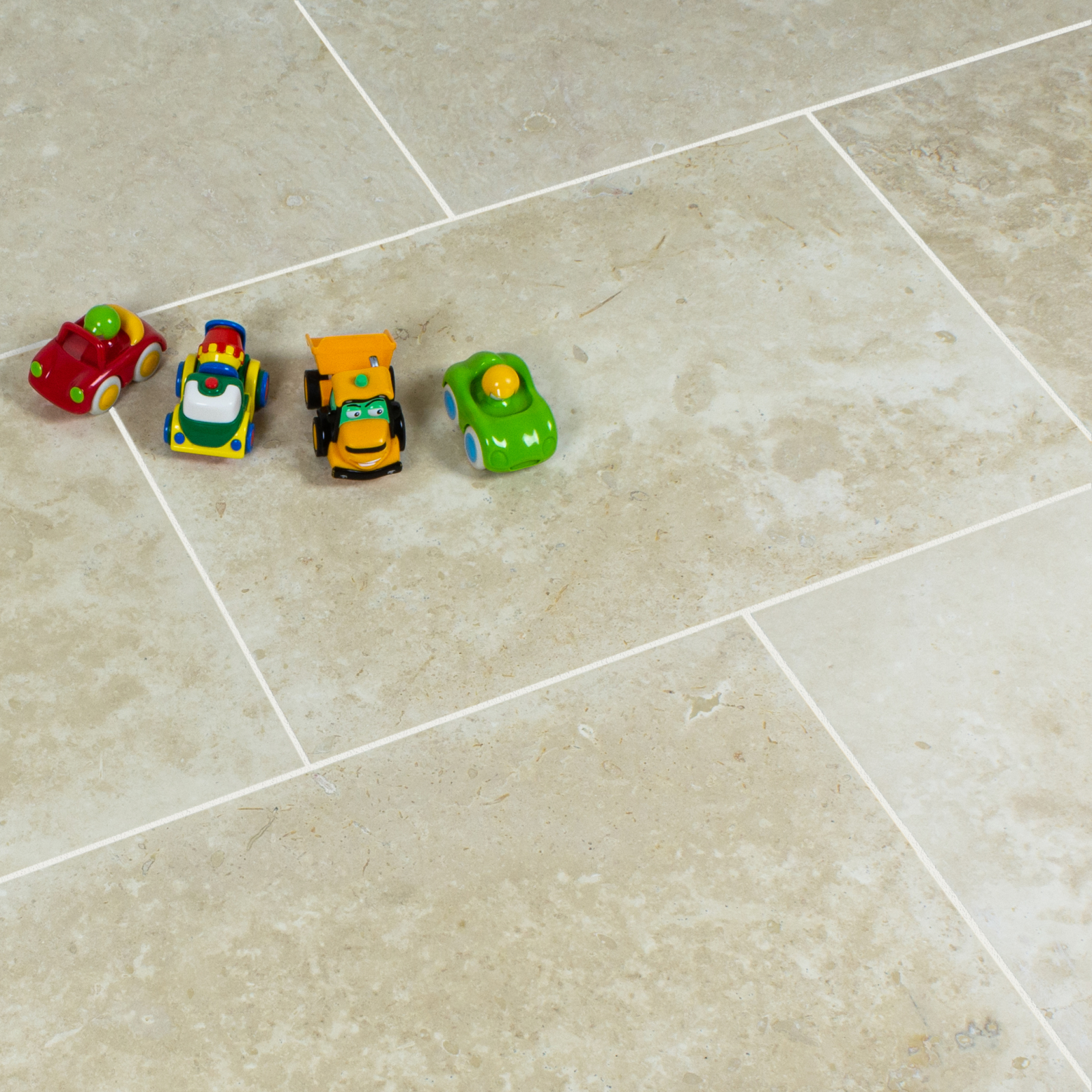
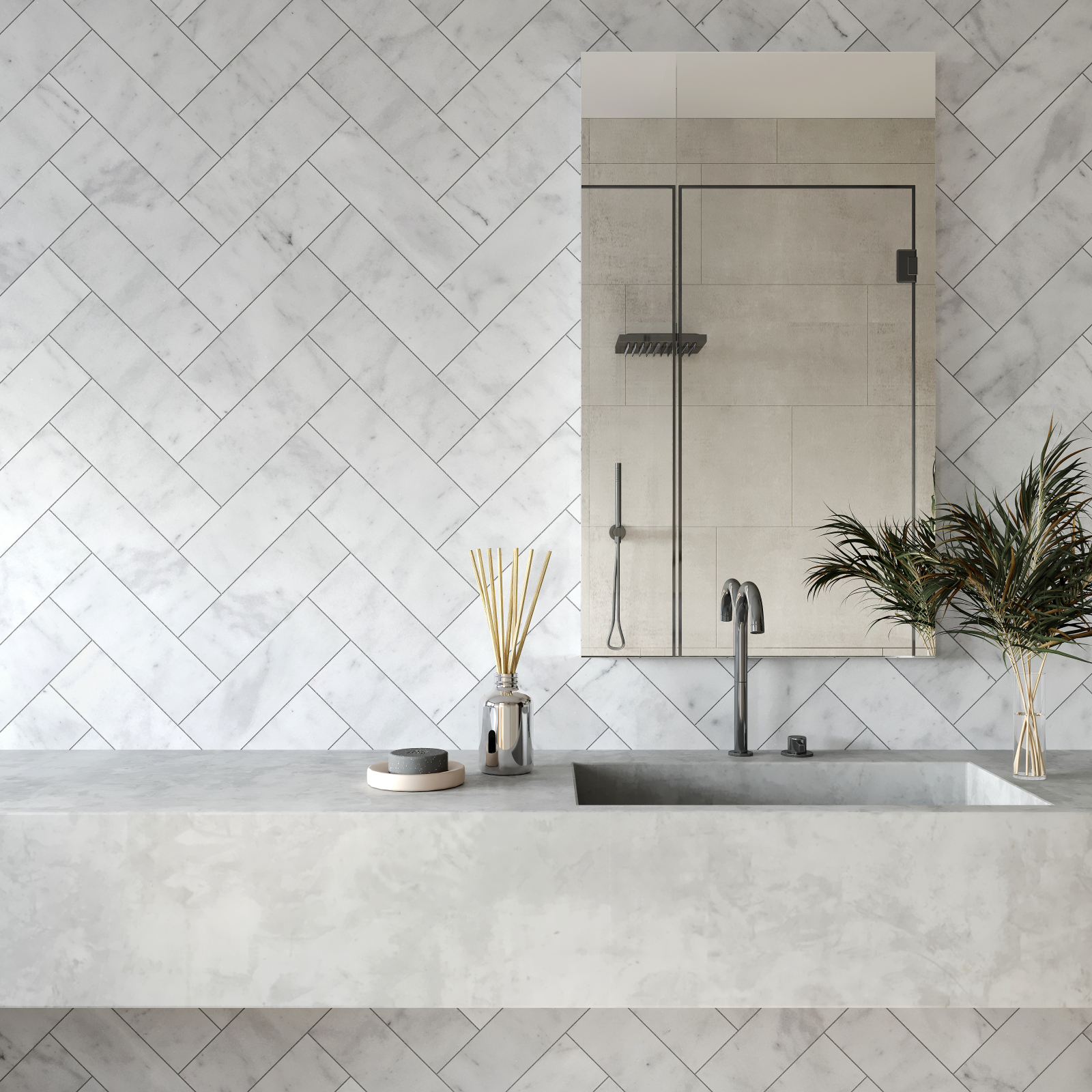
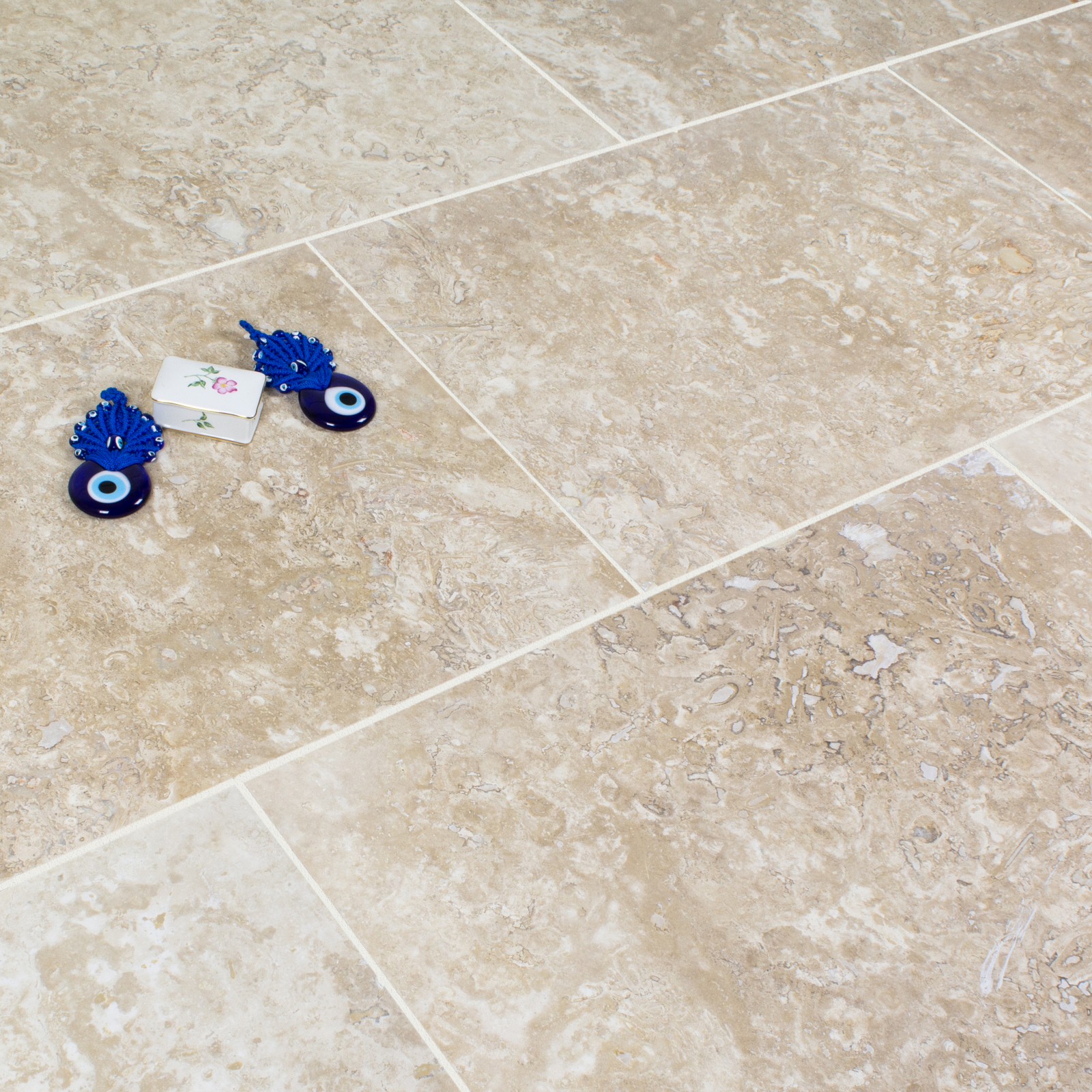
 REVIEWS
REVIEWS
